Use Of al In cement Production
2020-06-12T18:06:03+00:00
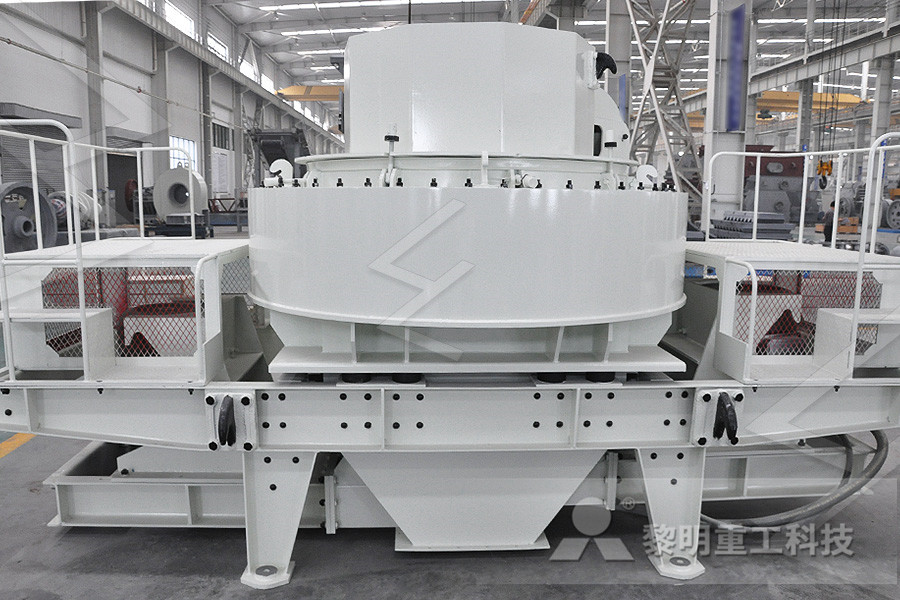
Coal in the cement industry
The cement clinker is ground with about 5% gypsum Other materials like slag, fly ash, ash of coal etc may also be added in required proportion to get the final cement powder The main fuel used for firing preheater cyclone and rotary kiln is coal Therefore, coal plays an important role in the manufacturing process of cement Based on the The utilisation of coal in the cement and concrete industries takes three basic forms: 1 As a fuel in the production of cement clinker, 2 Ash produced by burning coal in power stations is used as a component in cement rotary kiln feeds, 3 Ash produced by burning coal in power stations is used as a mineral additive in concrete mixesCoal utilisation in the cement and concrete industries PDF On May 19, 2020, S C Bostanci published Coal ash use as a cement replacement in concrete production Find, read and cite all the research you need on ResearchGateCoal ash use as a cement replacement in concrete
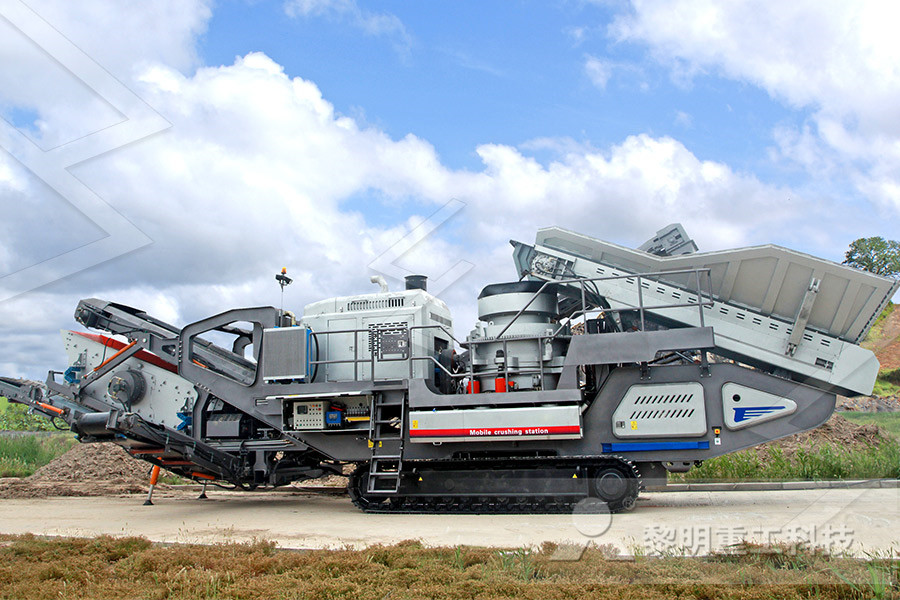
The Use of Coal Spoil in the Process of Cement
Cite this chapter as: Duda J (2000) The Use of Coal Spoil in the Process of Cement Production In: Pawłowski L, Dudzińska MR, Gonzalez MA (eds) Thermal Solid Waste Utilisation in Regular and Industrial Facilities production of COx from the calcination of raw material and fuel combustion is nearly 1 ton per ton of clinker and is the major reason, why kilns consume about 3–7 GJ of heat energy per ton of local coal, in cement manufacturing, its formulation for blending with raw mix and its impact on raw material and clinker parametersUse of coal as a fuel in cement plants and its impact on In the general coal production silica andimestone are used Coal is only used for burning the klin to 1400°c to produce the concrete The other method to produce concrete is by fly ash Which again is not coal but a by product of burning coal which flies out and is collected using electrostatic precipitation So whatever coal floats your boat Which type of coal use by cement industry
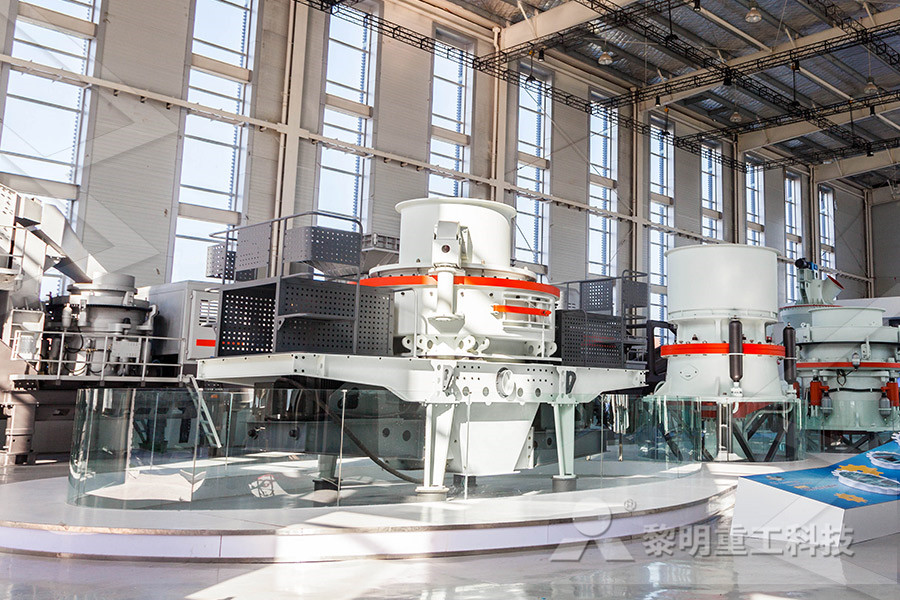
COAL, FUEL OIL AND NATURAL GAS FOR CEMENT
Coal, fuel oil and natural gas are the most commonly used energy carrier in cement industries The energy use for cement production is distributed as follows: 927% for pyroprocessing 54% for finishing grinding and 19% for raw grinding (Choate, 2003)Safe production of coal mill system in cement 25 The cement production process requires the use of large amounts of coalAnd the use of coal is mostly in the form of pulverized coalPulverized coal needs to be prepared in advance and stored to eliminate the impact of coal supply supplement on cement productionDuring storage, combustion powder will be oxidized in contact with air Coal Use In Cement Production Processcement production by lowering energy consum ption and raw material extracted from quarries Coal y and bottom ashes are in coal fly ashes Their use as partial cement replacement normally (PDF) Coal Bottom Ash for Portland Cement Production
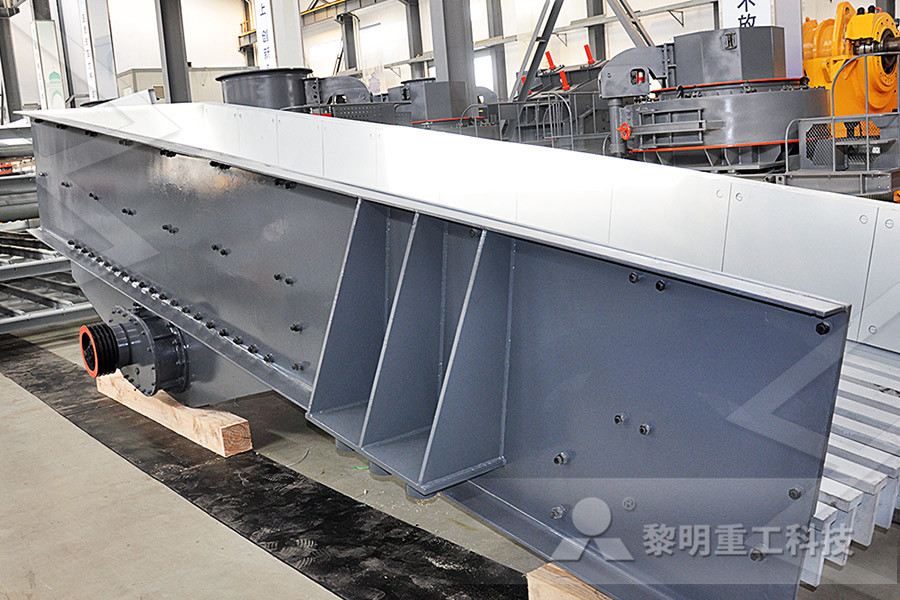
Coal utilisation in the cement and concrete industries
The utilisation of coal in the cement and concrete industries takes three basic forms: 1 As a fuel in the production of cement clinker, 2 Ash produced by burning coal in power stations is used as a component in cement rotary kiln feeds, 3 Ash produced by burning coal in power stations is used as a mineral additive in concrete mixesCite this chapter as: Duda J (2000) The Use of Coal Spoil in the Process of Cement Production In: Pawłowski L, Dudzińska MR, Gonzalez MA (eds) Thermal Solid Waste Utilisation in Regular and Industrial FacilitiesThe Use of Coal Spoil in the Process of Cement Coal ash use as a cement replacement in concrete production S C Bostanci 1 Published 1 March 2020 • Published under licence by IOP Publishing Ltd IOP Conference Series: Materials Science and Engineering, Volume 800, 5th International Conference on New Advances in Civil Engineering (ICNACE 2019) 810 November 2019, Kyrenia, CyprusCoal ash use as a cement replacement in concrete
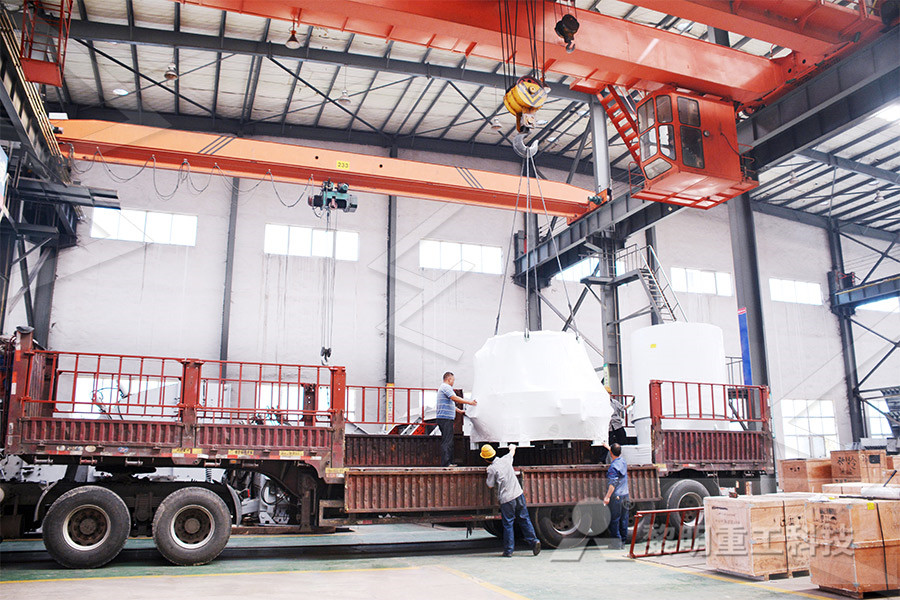
Which type of coal use by cement industry
In the general coal production silica andimestone are used Coal is only used for burning the klin to 1400°c to produce the concrete The other method to produce concrete is by fly ash Which again is not coal but a by product of burning coal which flies out and is collected using electrostatic precipitation So whatever coal floats your boat A cement factory with a capacity of 2000 tons per day can save up to Rs300 million a year by use of a mixture of local and imported coal The capital cost of coal equipments may be recovered in Use of coal as cement kiln Newspaper Ordinary Portland cement (OPC) is the main contributor of concrete CO2 emissions amongst concrete constituents Use of alternative cementitious materials is highly encouraged to lower environmental footprint of concrete production Local waste materials could be a feasible approach in terms of economic and environmental sustainability due to local availability In this study, coal ash waste Coal ash use as a cement replacement in concrete
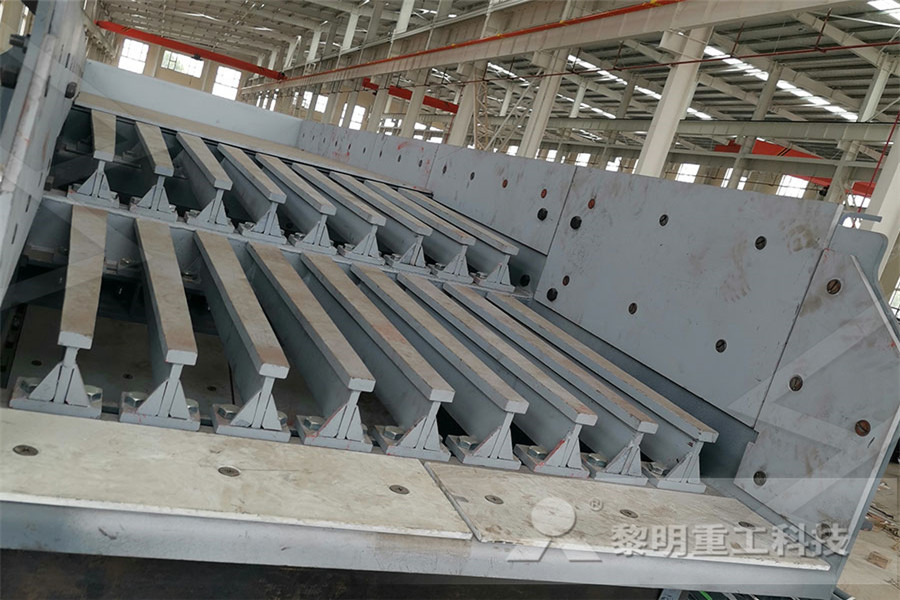
Alternative Fuel Use in Cement Manufacturing
Alternative Fuel Use in Cement Manufacturing 6 12 Emissions from cement production More than 50% of the total CO2 from cement production results from the chemical reaction that converts limestone into clinker, the active ingredient in cement This chemical reaction accounts for approximately 540 kg CO2 per tonne of clinker June Cement Industry Ltd has been granted a license from the Myanmar Investment Commission (MIC) However, it has yet to begin operation, since it has not received permission from the union government to use coalpowered electricity The June Cement Industry Ltd, which will operate near PyarTaung area, KawPaNaw Village, Kyaikmayaw Township, Mon State, will need 15 megawatts ofJune Cement Industry to start work once it’s Clinker is the main ingredient in cement, and the amount used is directly proportional to the CO2 emissions generated in cement manufacturing, due to both the combustion of fuels and the decomposition of limestone in the clinker production process Use of blended cements and clinker substitutes can help reduce the clinker to cement ratio, and Cement Fuels Technologies IEA
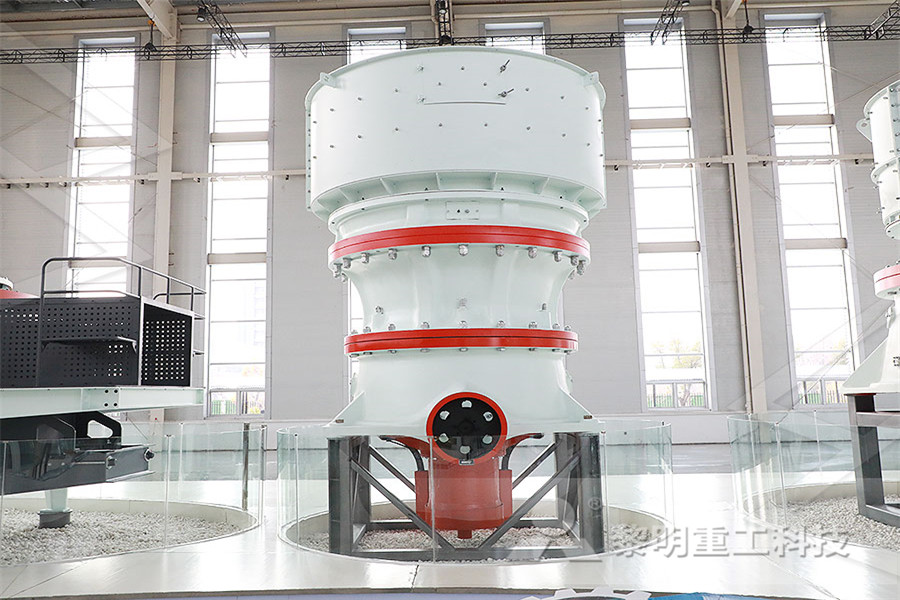
Cement has a carbon problem Here are some
The other half is finding ways to use less cement Today the world churns out 4 billion tons of cement every year, or about 1,200 pounds for every human being alive As more people move into Coal ash use as a cement replacement in concrete production S C Bostanci 1 Published 1 March 2020 • Published under licence by IOP Publishing Ltd IOP Conference Series: Materials Science and Engineering, Volume 800, 5th International Conference on New Advances in Civil Engineering (ICNACE 2019) 810 November 2019, Kyrenia, CyprusCoal ash use as a cement replacement in concrete Coal, fuel oil and natural gas are the most commonly used energy carrier in cement industries The energy use for cement production is distributed as follows: 927% for pyroprocessing 54% for finishing grinding and 19% for raw grinding (Choate, 2003) 11COMPARATIVE ANALYSIS OF COAL, FUEL OIL AND
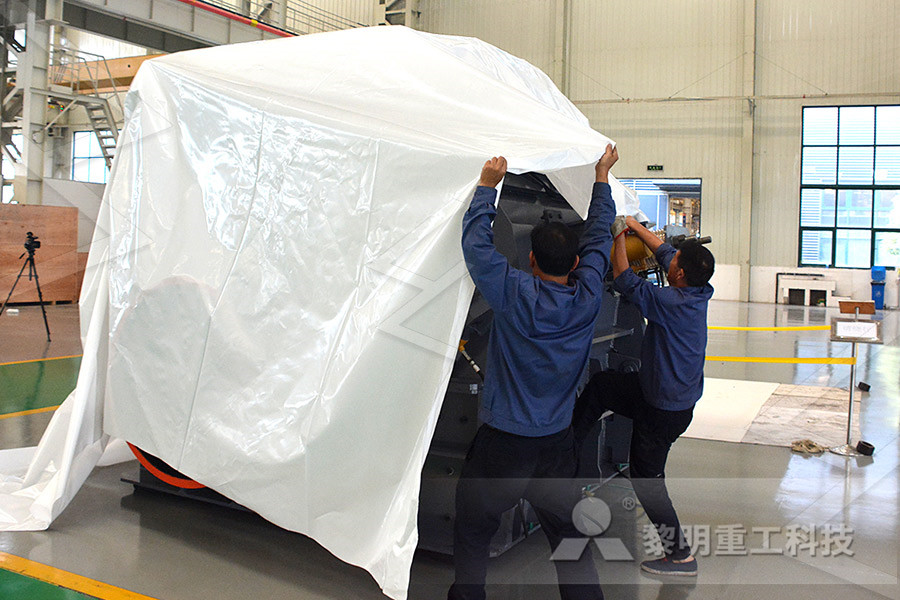
PAPER OPEN ACCESS Coal ash use as a cement
In this study, coal ash waste was used as a Portland cement replacement by 10% and 20% for the production concrete mix concrete mix with 28day design strength of 45 N/mm 2 Ordinary Portland cement (OPC) is the main contributor of concrete CO2 emissions amongst concrete constituents Use of alternative cementitious materials is highly encouraged to lower environmental footprint of concrete production Local waste materials could be a feasible approach in terms of economic and environmental sustainability due to local availability In this study, coal ash waste Coal ash use as a cement replacement in concrete Alternative Fuel Use in Cement Manufacturing 6 12 Emissions from cement production More than 50% of the total CO2 from cement production results from the chemical reaction that converts limestone into clinker, the active ingredient in cement This chemical reaction accounts for approximately 540 kg CO2 per tonne of clinkerAlternative Fuel Use in Cement Manufacturing
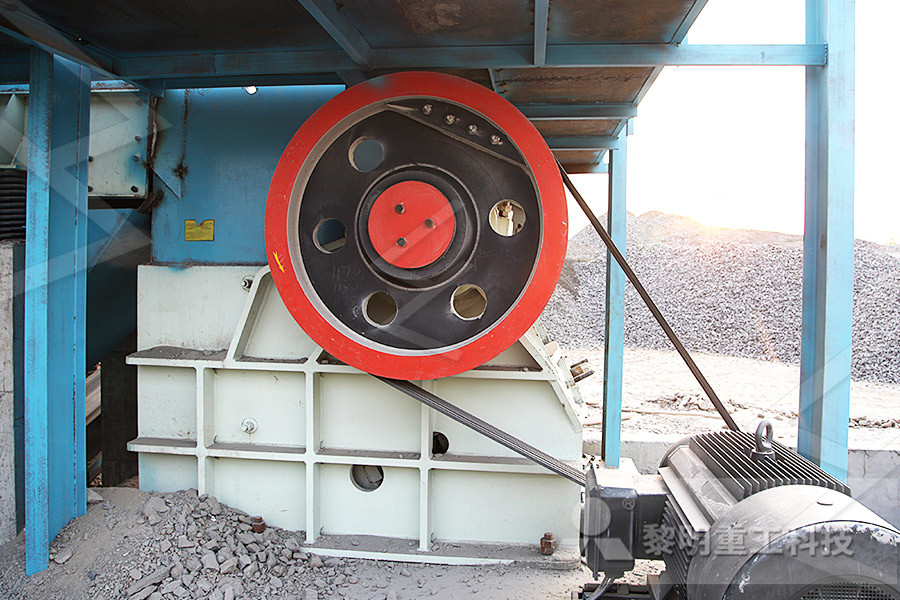
PROJECT TOPIC COMPARATIVE ANALYSIS OF COAL,
COMPARATIVE ANALYSIS OF COAL, FUEL OIL AND NATURAL GAS FOR CEMENT PRODUCTION ABSTRACT This study is a comparative analysis of the use of coal, fuel oil and natural gas for cement production noting their physical and chemical properties, cost and availability, impact on the environment and human health Out of the seven cement manufacturing industries in Nigeria, three industries use Despite these problems, cement kilns have been run on pure petcoke, and a 50:50 coal:petcoke mix is a fairly normal fuel mix nowadays The increase in the use of petcoke has of course been due to the fact that "green" coke with metals contents too high for electrochemical use became a lowcost waste byproductCement Plants: CokeThe largest volume use of any one CCP is the use of fly ash in cement, concrete and grout In the future, increases in the production of fly ash and bottom ash will be proportional to the increase in coal use for electric power production An increase in coal burn will lead to an increase in production of CCPsCoal Combustion Product (CCP) Production and Use
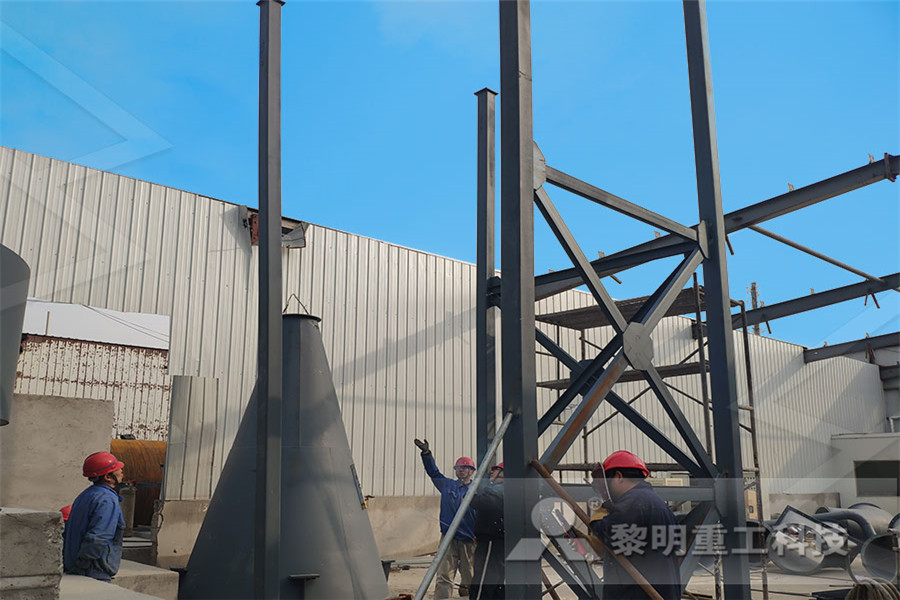
June Cement Industry to start work once it’s
June Cement Industry Ltd has been granted a license from the Myanmar Investment Commission (MIC) However, it has yet to begin operation, since it has not received permission from the union government to use coalpowered electricity The June Cement Industry Ltd, which will operate near PyarTaung area, KawPaNaw Village, Kyaikmayaw Township, Mon State, will need 15 megawatts of The total global production of black coal (also referred to to 'hard coal') in 2008 was estimated by the World Coal Institute as being 5,845 million tonnes, a 67% increase since 1990 A further 951 million tonnes of the lower quality brown coal/lignite was producedGlobal use and production of coal Global Energy
rock crusher hammer stone crusher
Most Popular Concrete Jaw Crusher
vertical double shaft hammer crusher
impact crusher spare price with low price and high quality
aggregate Rock crusher abu Dhabi
Manganese Ore Concentration Plant
Working Conditions In Gold Mines
flow diagram of iron mining
humboldt vibrating ball mill
robo sand chinagrinding mill
how does an iron ore crusher work
portable gold ore crusher manufacturer nigeria
grinding mill manufacturer indonesia
processing of iron ore to pig iron
for sale longitudinal grinding machine
britador movel montado sobre chassis
land levelling equipment
Limestone Manufacturer In Myanmar
small stones grinders in johor bahru
repair manuals for milling machines
spec sheets of crushing machine
highwall auger mining equipment sale
Crusher Manufacturer Shanghai Bridge
how to build a skateboard grind rail
Aggregate Crushers Ksa
Stone Crashing Macien Matrial In Haydrabad
manufacturers of quarry machines in china
effects of titanium mining and mmunity displacements in kenya
what is the importance of al mine in sa
Grinding Energy For Quick Lime









